(Listen to the radio version here.)
On Wednesday, January 29, I broke with my stated intention to stay home and not chase owls. I had a chance to spend the morning birding with my good friend Bernie, who’d never seen either a Boreal or a Great Gray Owl, so we headed out to see how lucky we might be.
And lucky we were, at least with Great Gray Owls. We saw two (and heard there’d been a third) on the north side of Highway 61 right near the turnoff to the McQuade Small Craft Harbor, one sitting conspicuously on the turnoff sign.
I don’t usually like pulling over on Highway 61, but traffic was relatively light, so Bernie and I decided to join the cluster of happy birders. No one approached too close to the bird on the sign, nor to the one we watched in the shrubby field. We pulled over in front of the sign first, got a few shots of that owl from the back…
…and then drove past the sign, closer to the owl in the field, where we could also photograph the front of the owl on the back of the sign.
One observer told us that they’d seen the owl in the field catch a mouse before we got there, so apparently hunting is reasonably good.
There were a lot of people gawking at them, but owls are smart and adaptable—I think they figure out within a few days the expected activity patterns of us oversized, colorful mammals. These birds seemed reasonably comfortable, more focused on the ground where prey might be than on us, since everyone stayed a respectful distance from them, never straying from the shoulder of the road, and kept quiet.
Next, Bernie and I moved on to Homestead and French River Road. We saw one Great Gray on a wire off Homestead…
… but nothing else until we got to Two Harbors. A bunch of birders were gathered not too far from the harbor, all looking at a Great Gray Owl who seemed to be roosting rather than hunting, sitting tight against the trunk of a big birch.
It kept its eyes mostly closed the way owls try to do when they’re resting—if a crow, raven, or even just a chickadee gets a glimpse of their intense yellow eyes, it’ll start mobbing. Even though this bird’s eyes were mostly closed, one Downy Woodpecker started scolding it from behind, and the owl turned its head around to watch it.
That encounter didn’t last long, and the owl resumed its rest.
I didn’t get a good look at that bird’s eyes because they were mostly closed, but the right eye seemed injured and, based on my experience with injured and starving owls when I was a rehabber, this one’s sort of flaccid-appearing facial disk feathers reminded me of emaciated Great Grays I once handled. I think when they’re feeling better, they keep the outer feathers of the facial disk more erect.
One of the reasons I don’t often chase owls is because I know how stressed they are and how high the mortality is during these irruptions. A tragic irony of birding is that many of the rare birds that so thrill us are vagrants, such as the Barn Owl I was so thrilled to see at the Sax-Zim Bog on January 12, 2020.
For decades, the Barn Owl was the species I most yearned to see in Minnesota, and here it was—not just in the state but up here in St. Louis County! But the poor thing was doomed—it died, quite emaciated, later that same day.
The trick is, we can’t predict which birds will or won’t survive and eventually return to a safer location, and human intervention, even with the best of intentions, can do more harm than good.
That Barn Owl died after it was captured, but in that case the bird had already collapsed on the ground. When people captured a Mexican Violetear (then called a Green Violetear) in LaCrosse, Wisconsin, on November 1, 1998, the trauma of capture was almost certainly the immediate cause of its death. The Calliope Hummingbird found in Minneapolis in December 1994 suffered the same fate. These and other cases led the USF&W Service to prohibit capture of vagrant hummingbirds simply to relocate them. As it turns out, we know now that many of the Rufous Hummingbirds that turn up in locations in the eastern, and even northeastern, United States survive and return. It appears that those original vagrants had a high-enough survival rate to seed a population that doesn’t winter in Mexico, where deforestation has probably contributed to the species’ decline. We don’t know about the survivability of other hummingbird vagrants.
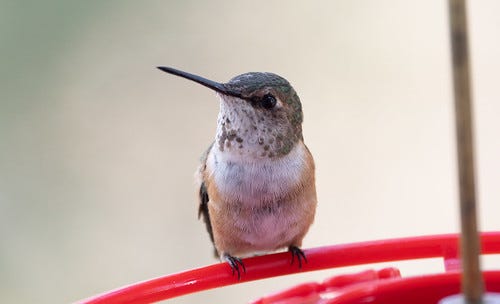
That isn’t to say that intervention isn’t valuable when a bird genuinely needs help, but we people too often have a tendency to think we know better than animals do and that we can help an individual bird when we really don’t have the knowledge or skills. A lot of us birders up here trusted the poor Barn Owl would soon move on, hopefully heading south. But when it collapsed, their retrieving it was definitely the right course of action even if the poor bird didn’t survive.
I saw my lifer Barn Owl on the grounds of the Lincoln Park Zoo in Chicago on December 23, 1978. That poor bird was clearly distressed but it was Christmas week when the state offices were hard to reach.
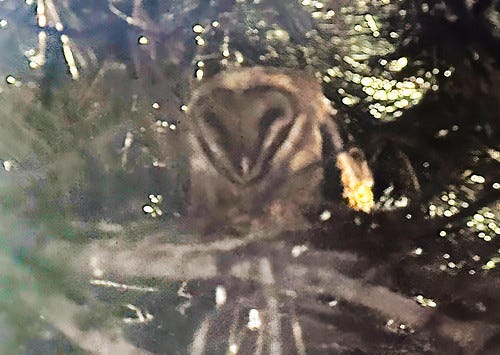
Rescuing most birds in this situation is simple and straightforward for a professional rehabber, but no one could get all the necessary permits to capture this particular bird, ironically because the Barn Owl was on Illinois’s endangered species list.
The Ivory Gull who spent a couple of weeks in Canal Park in January 2016 was a splendid bird and deserved to live free as long as it appeared healthy.
I visited several times, but had stopped going out there by the time it was showing obvious signs of distress, and the people watching it were reluctant to intervene. I felt bad that when they knew it wasn’t well, they didn’t call Wildwoods. It’s possible that had someone brought it to our wildlife rehab facility, it might have recovered and been releasable. If not, its poor body would have provided valuable information for researchers looking at various contaminants it might have been exposed to here, in the Arctic where it belonged, or somewhere in between.
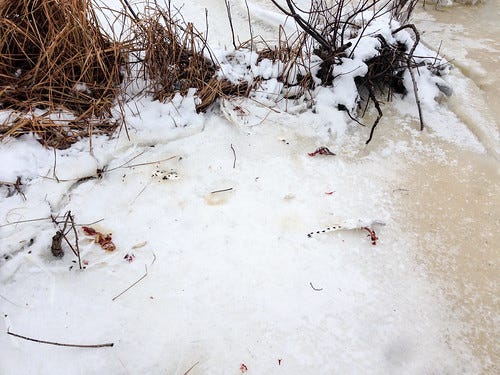
I picked up a different Ivory Gull, dead, in the harbor a week or so earlier and sent it to the Field Museum in Chicago. That poor mangled carcass bore both lice and at least one mite, and the preserved tissue sample may represent only the second one in a museum collection in the world. (The Field Museum’s article about this poor specimen, “Of Ivory Gulls and Parasites,” is a fascinating read with wonderful photos.)
When I got the best looks ever at a Boreal Owl in 2013, it was favoring one foot but still hunting fine—I saw it catch and eat a shrew. Several days later, a Boreal Owl with an injured foot—almost certainly my little guy—was retrieved from this area and sent to the Raptor Center. Its weight was low and the foot injury needed attention, but this was a success story. The bird was returned, healthy, to the North Woods in spring.
But speaking of Boreal Owls, my friend Bernie went skiing in a local park this weekend and came upon one by himself. As much as I wanted to lead him to his lifer, I’m even more thrilled that he got it this way. It’s wonderful seeing birds and adding lifers with friends, but there’s genuine magic in chancing upon and savoring a splendid bird all by ourselves, too.


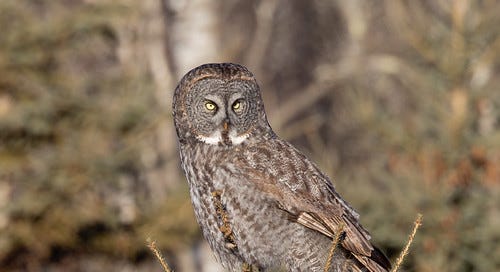



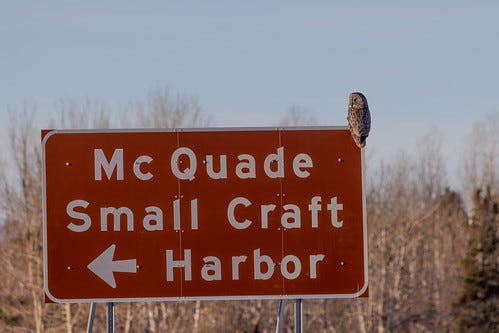
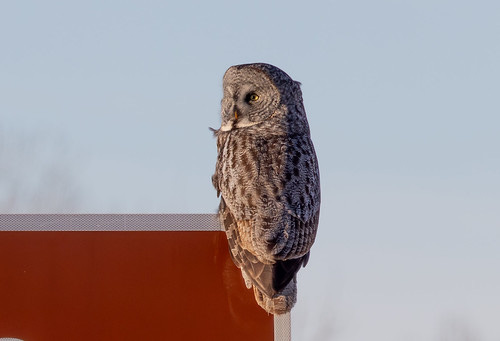
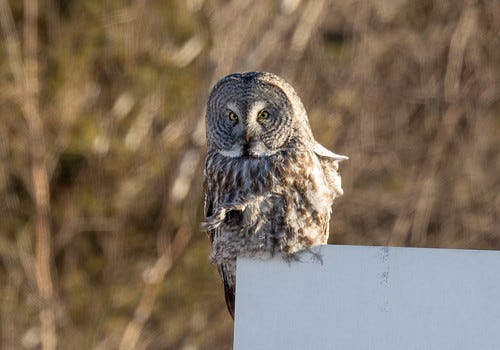
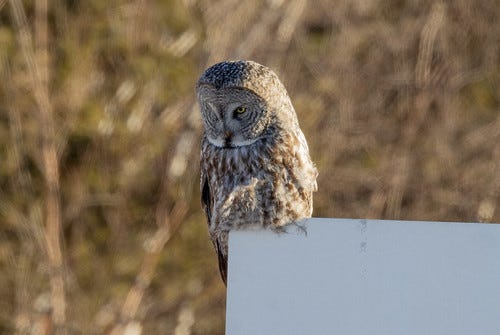
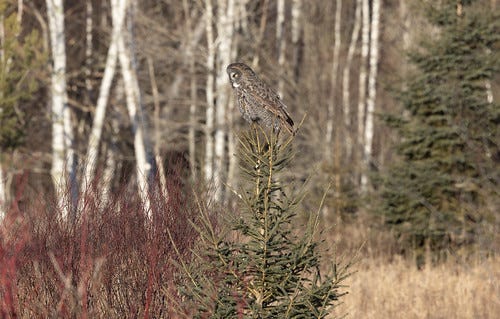
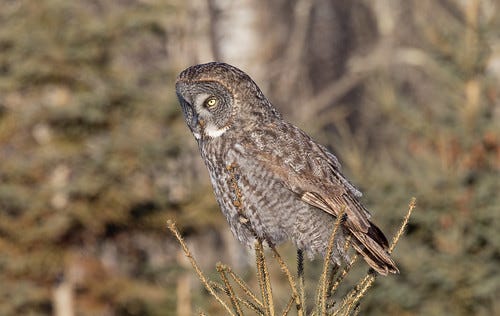
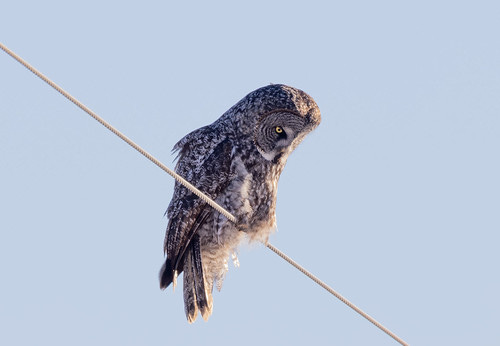
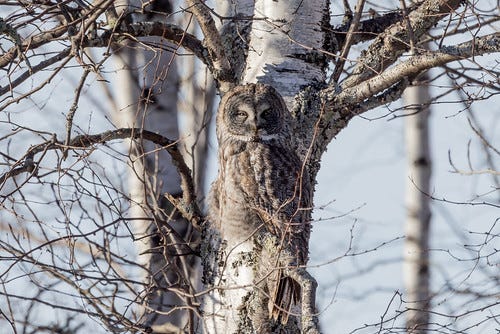
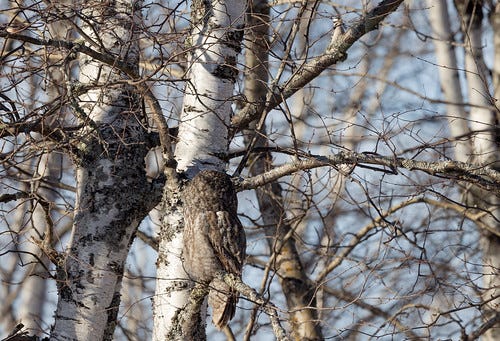
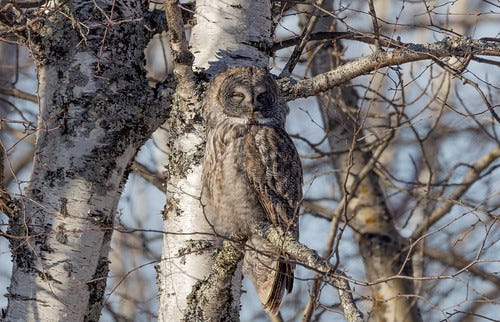
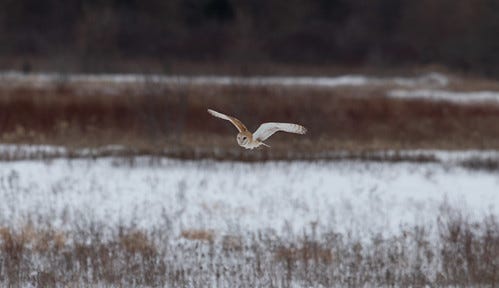
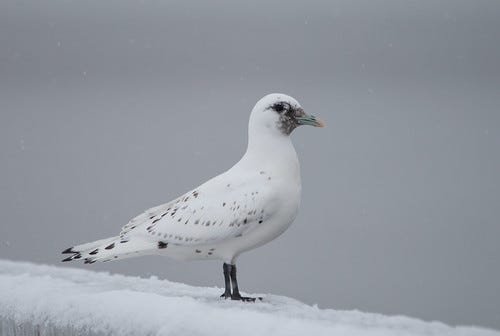
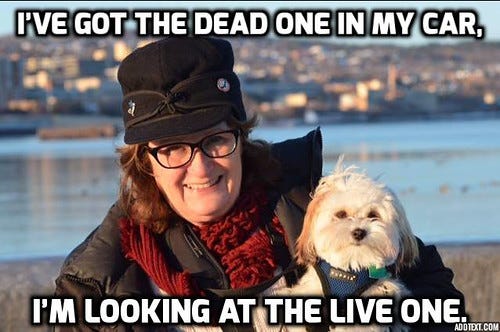
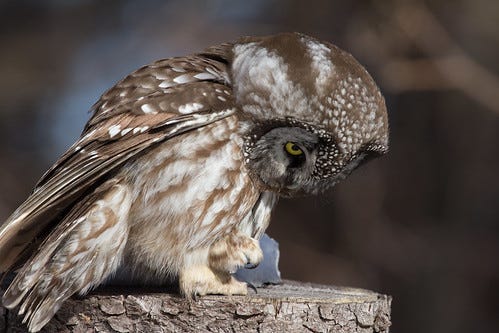

Laura, you are a wealth in knowledge and experience with everything birds! You are a precious friend and humble too!!